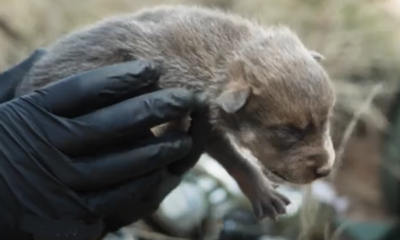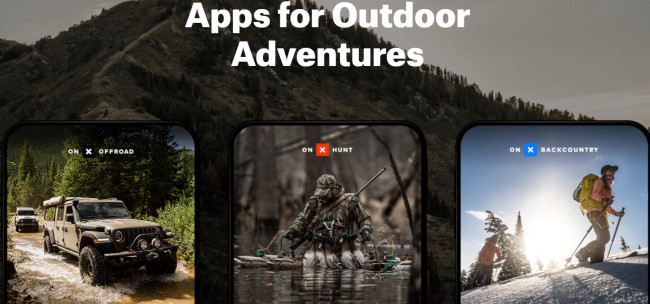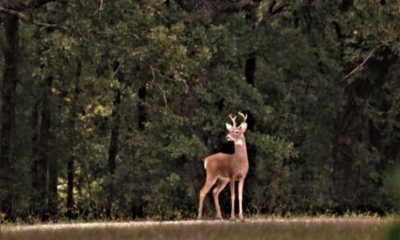Hunting
COVID-19 Changed Hunting Forever. Here’s Proof.
We all saw the evidence of this in the fields and woods; here are the numbers!
It started almost two years ago, and we’re still learning about how COVID-19 changed the way Americans participate in the sport of hunting. Today we have new data courtesy of a company called onX Hunt, in partnership with Southwick Associates, completed a study of the new wave of hunters who entered the space in the past few years, with a focus on those who started hunting at the beginning of the pandemic. In addition, onX Hunt also looked at more experienced hunters and their reactions to the new faces.
While everyone acknowledges the pandemic has sparked a resurgence in interest in the outdoors, no one really had a handle on the size of this wave until now. 2020 saw a 25% increase in hunters in the United States. This comes after decades of decline that had hunting advocates and state agencies scrambling with R3 (Retain, Recruit, Reactivate) efforts.
Not surprisingly, most of the new hunters cited COVID-related reasons for having the interest and time to take up hunting. What many may find surprising is the degree to which existing hunters are excited by this influx. Complaints of overcrowding or inexperienced hunters seemed plenty, but the data show that 65% of existing hunters support the new crop, compared to only 27% who had concerns.
Diversity is also improving, with 17% of these new hunters being non-white, and 22% of them identifying as female. This new generation is also overwhelmingly motivated by the ability to harvest their own meat, with 47% reporting that as their primary motivation to hunt. As questions about food safety increase, so has the desire to control personal food chains.
A few numbers also stood out, primarily when hunters were asked where they turned for education and guidance. The impact of the past few decades of lost hunters is readily apparent as a family member only makes up 20% of mentors for new hunters. Instead, this new generation has relied on friends who hunt (more than 40%) or a spouse/partner (20%).
Also of note was the reliance on video and technology, both as a learning and a hunting tool. Forty-one percent of 2020 hunters specifically listed “hunting-specific apps or GPS” as the one tool they have to bring on a hunt (after a weapon and ammunition). (Now may be a good time to specify that onX, which sponsored this research, markets hunting-specific apps that provide a wealth of data for hunters and studies like this one!)
For many of the new hunters, hunting has become more than a new hobby or pandemic pastime. Some 63% felt an increased connection to the sport, compared with 56% of experienced hunters. Regardless of experience level, research found that younger hunters tend to identify more closely to the activity, which could translate into a long-term boom to the industry.
While the complete report contains more in-depth data, there is one final finding that we can all take heart in. While 99% of experienced hunters said they would hunt again in 2021, research found that 93% of the new hunters would be back and 94% of the 2020 first-time hunters would be hunting in 2021. If these trends hold, hunting looks to be on the rebound in a big way.
For access to the full report, please visit www.onxmaps.com/hunt/blog/how-the-pandemic-changed-hunting-in-2020.
-

 Adventure1 month ago
Adventure1 month agoDoes the “Big Beautiful Bill” Have a Public-Lands Wart?
-

 Adventure2 months ago
Adventure2 months agoHowling in Cuckoo: How Mexican Wolves are Fostered
-

 Adventure2 weeks ago
Adventure2 weeks agoREACTION: Trump’s Make America Beautiful Again Agenda
-

 Gear3 weeks ago
Gear3 weeks agoLet Freedom RING! Primary Arms’ Independence Day Category Sale Starts NOW
-

 Adventure4 weeks ago
Adventure4 weeks agoU.S. Bighorn Sheep Going Home to Canada
-

 Adventure1 month ago
Adventure1 month agoYour Dream Hunt Could Be a Movie & Leupold Can Help
-

 Fishing11 hours ago
Fishing11 hours agoMy Wacky Bush Brings All the Bass to the Yard







